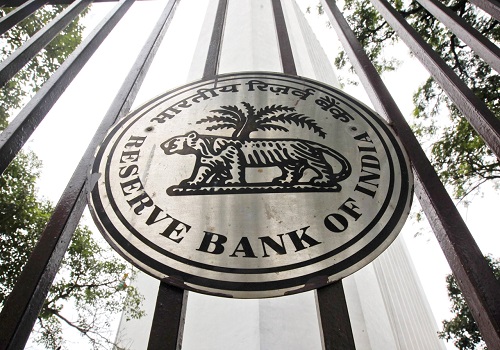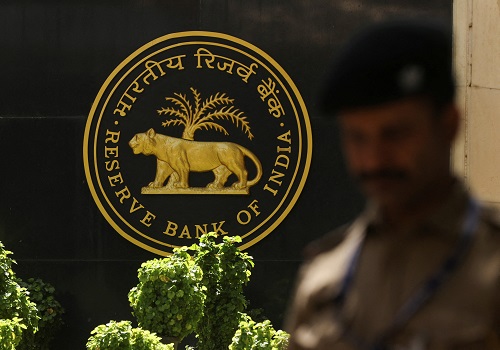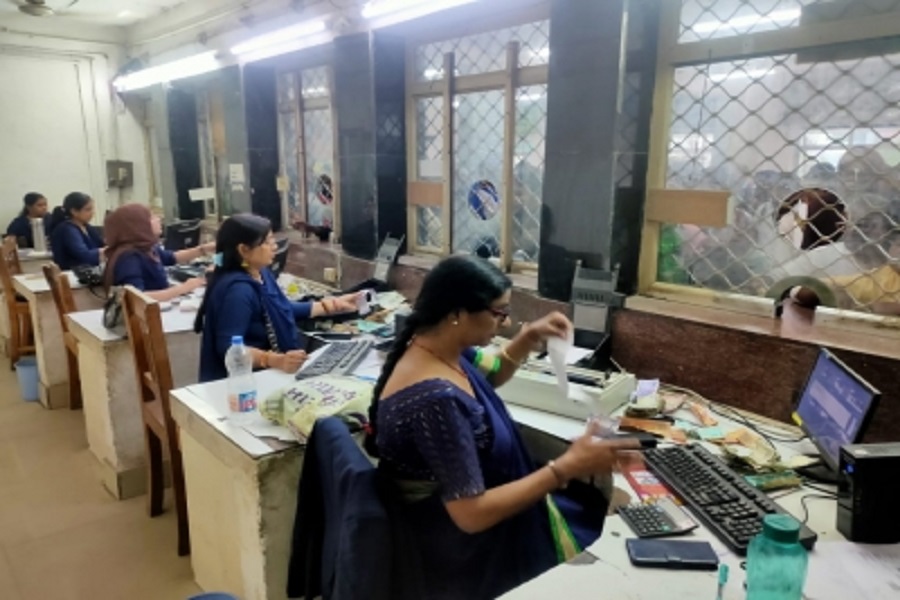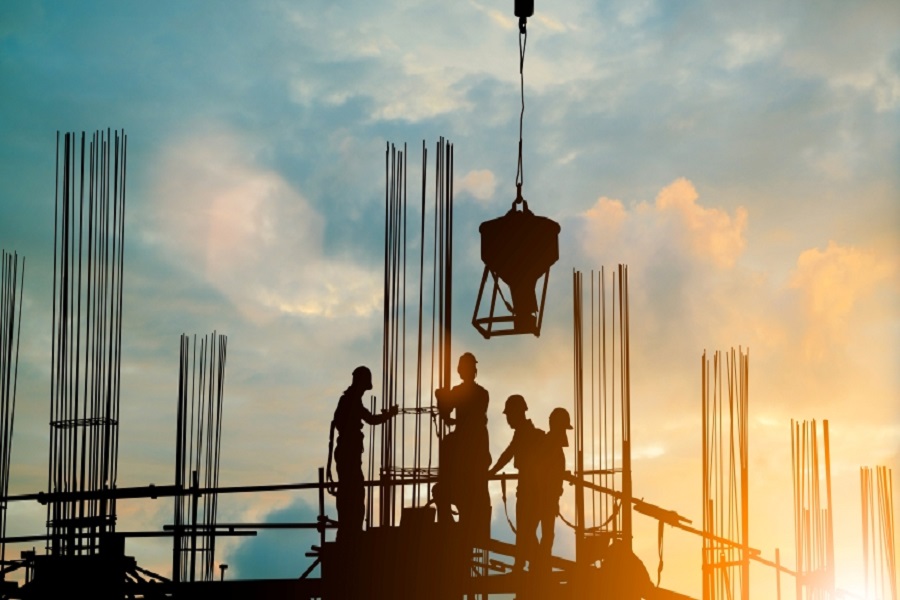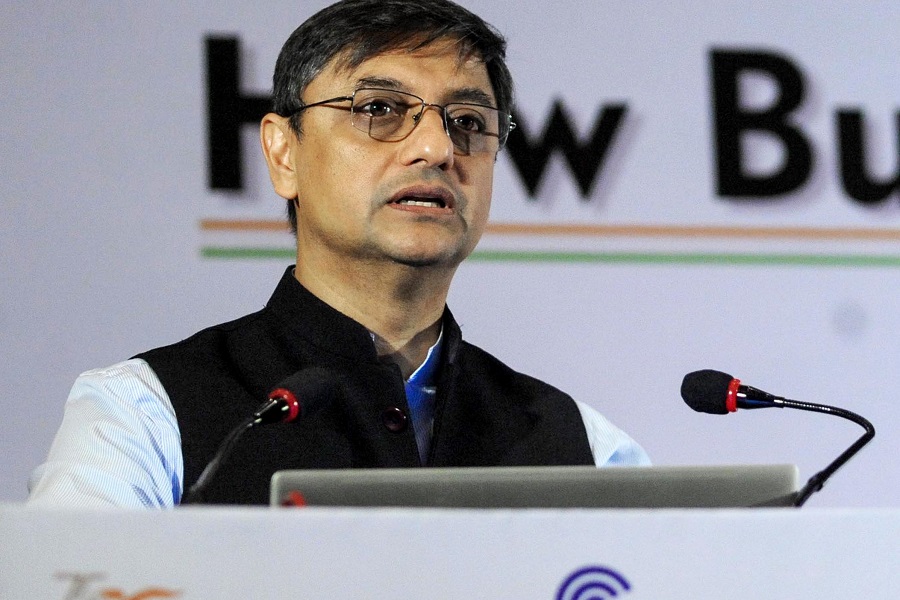Real Estate Vs the Environment – Who’s Winning in India?

* India was vociferous about environmental issues and climate change at the World Economic Forum in Davos. Are they walking the talk?
* Buildings in India use up 40% energy, 30% raw material, 20% water and 20% land-use; generate 40% carbon emissions, 30% solid waste, and 20% water effluents
India, with its massive and ever-growing population, is witnessing rapid economic growth. Large infrastructure and industrial projects, including highways, the rural road network, and SEZs, are obviously a necessity to accommodate this growth. However, they also raise threats to biodiversity, as cities and townships are expanding at the cost of agriculture, which in turn relies on tree cover.
Simultaneously, the changing lifestyles of Indians with rising incomes in both rural and urban areas place increasing demands on biodiversity. To find evidence of unsustainable lifestyles, we usually don't have to look any further than our immediate neighbourhoods—or even our own homes.
To bring harmony between development and the environment, Environmental Impact Assessment (EIA) was made mandatory in 1994 for various categories of projects—including thermal and nuclear power plants, mining, river valley, and infrastructure projects. The EIA was further revised in 2006 to make it more efficient, decentralized, and transparent.
However, even today, biodiversity in India faces threats from multiple pollution sources like improper municipal solid waste disposal, inadequate sewerage, excessive use of chemical pesticides, and mercenary use of hazardous chemicals.
Real estate developers certainly have a role to play in moderating the detrimental impact of their construction activities on the environment. They have at their disposal advancements in technology which can accelerate the supply of 'green' buildings in the country. Solar energy harnessing, energy-efficient heating and cooling systems, waste and water recycling, and rainwater harvesting must become the order of the day. However, the onus is not just on developers—it also falls on urban planners, architects, various government bodies, and end-users of real estate to work together to achieve a better environment for future generations.
Environmental Self-regulation
The Indian real estate industry's track record of self-regulation in environmental management has been dismal across the country. While some developers have taken the cause of sustainable development seriously, the norm is to flout the rules. For instance, despite the National Green Tribunal's ruling to maintain a 75-meter buffer from the lakes in Bengaluru, nearly one-third of housing projects in the city ignored the rules in some way or the other. Another example in the IT capital is the contaminated Bellandur Lake which, besides factory waste, has been a preferred receptacle for construction waste.
Meanwhile, statistics reveal that more than 70% of the buildings that ought to be completed in India by 2030 have yet to see the light of day. In the UK, more than 80% of the buildings that need to be built by 2050 are already completed. This means that India will be using up its natural resources at a possibly terminal pace. The numbers related to the usage of natural resources in construction are daunting. Besides using precious water and energy, Indian cities generate massive amounts of waste.
Buildings in India use up 40% energy, 30% raw material, 20% water and 20% land-use; generate 40% carbon emissions, 30% solid waste, and 20% water effluents. With almost 70% of the building stock yet to come up, India is staring at a rather bleak future for its environment.
What Needs to Change?
The major task of India's local governing bodies is to make their cities more inclusive, resilient, safe, and sustainable in the long run. This primarily involves implementing environment-friendly green technologies in infrastructure facilities (among others), keeping in mind that the idea behind green infrastructure is not just economic benefits but ecological harmony.
This is not impossible if enough political will drives such a mindset. Cochin airport is India's first airport to run completely on solar power. Now recognized by the UN, its solar plant can produce 18 million units of power annually. The airport has technically been made absolutely power neutral.
Some Indian cities are also implementing transit-oriented development for future-ready urban centres. This is done by reforming land-use regulations so that developers are allowed more latitude to construct mixed-use developments and higher-density developments where appropriate.
Above views are of the author and not of the website kindly read disclaimer
